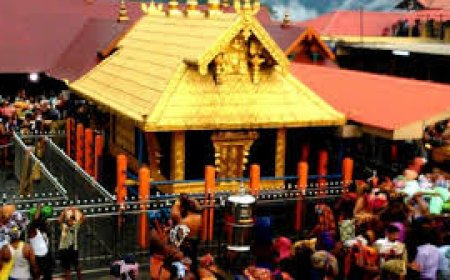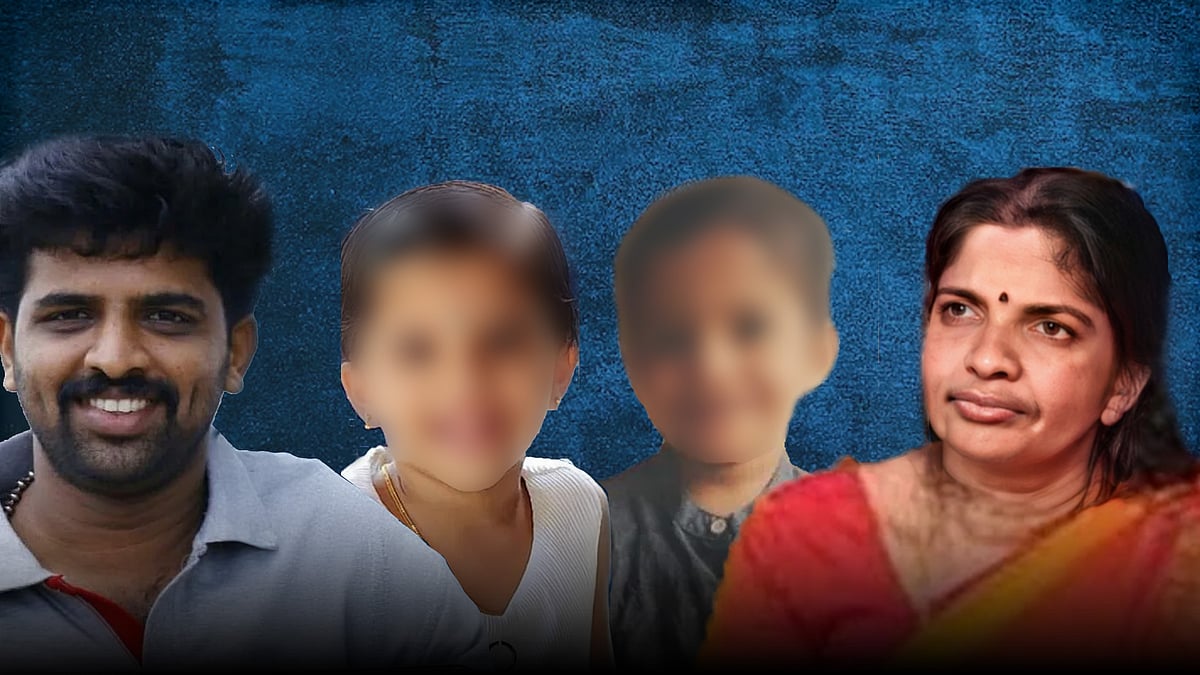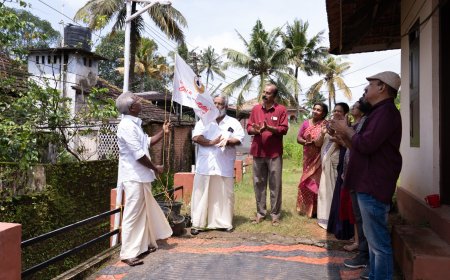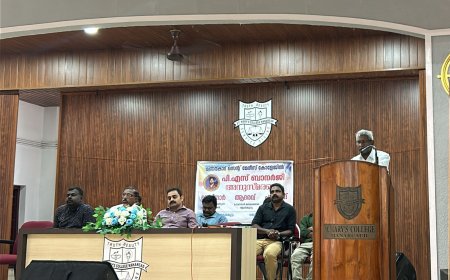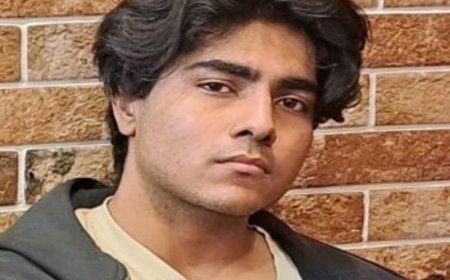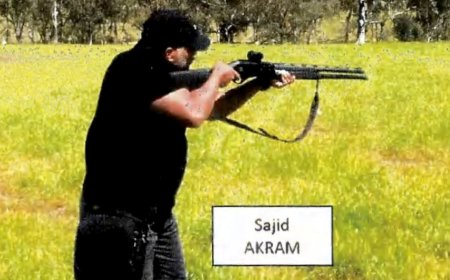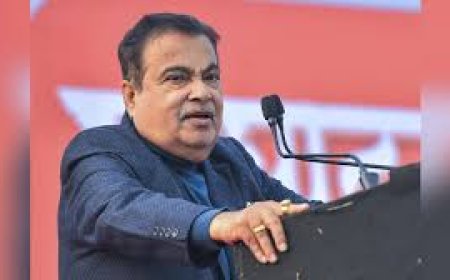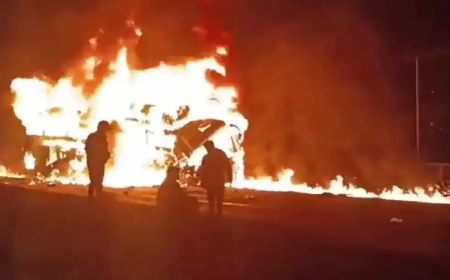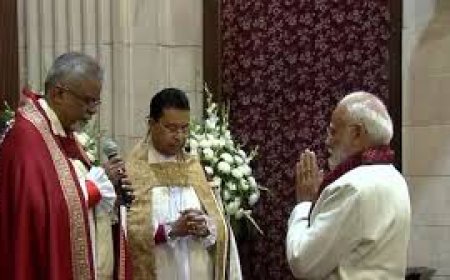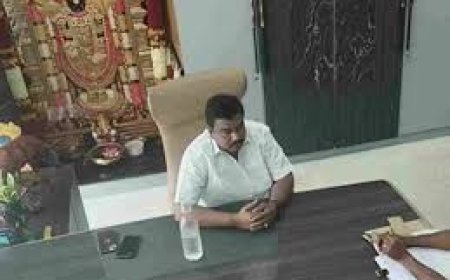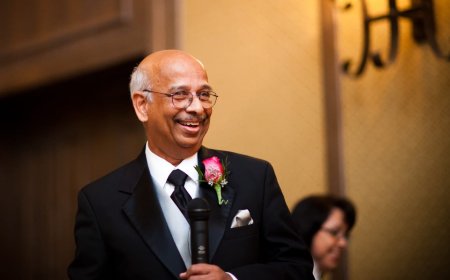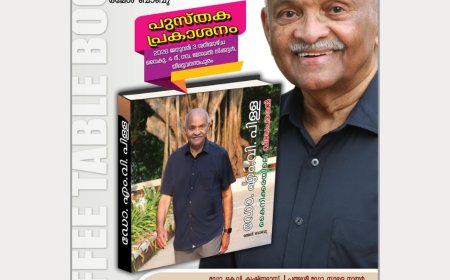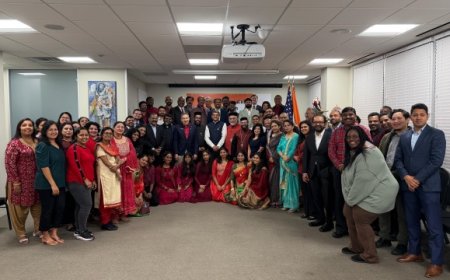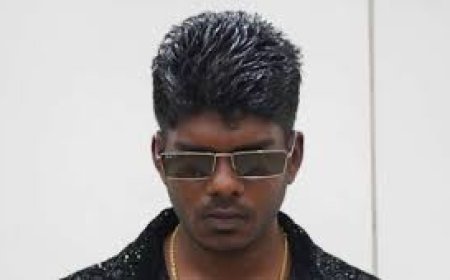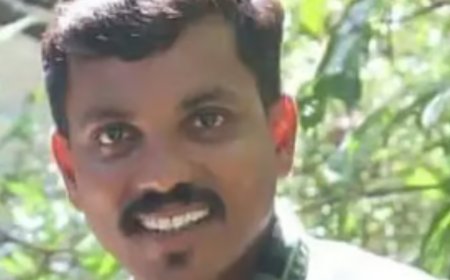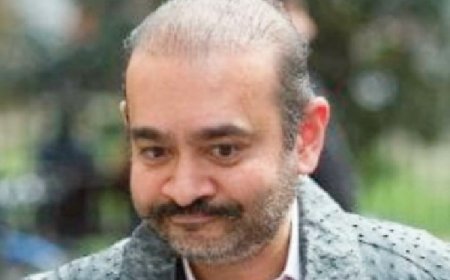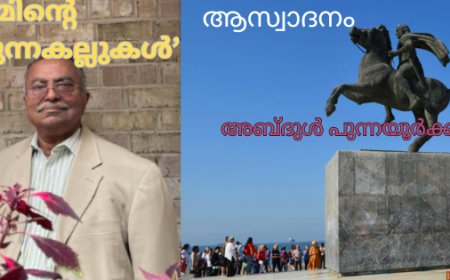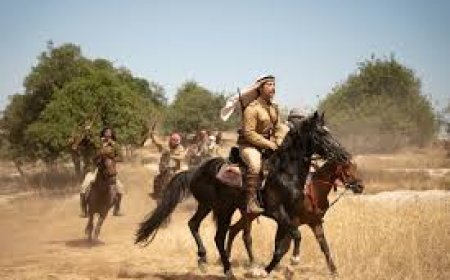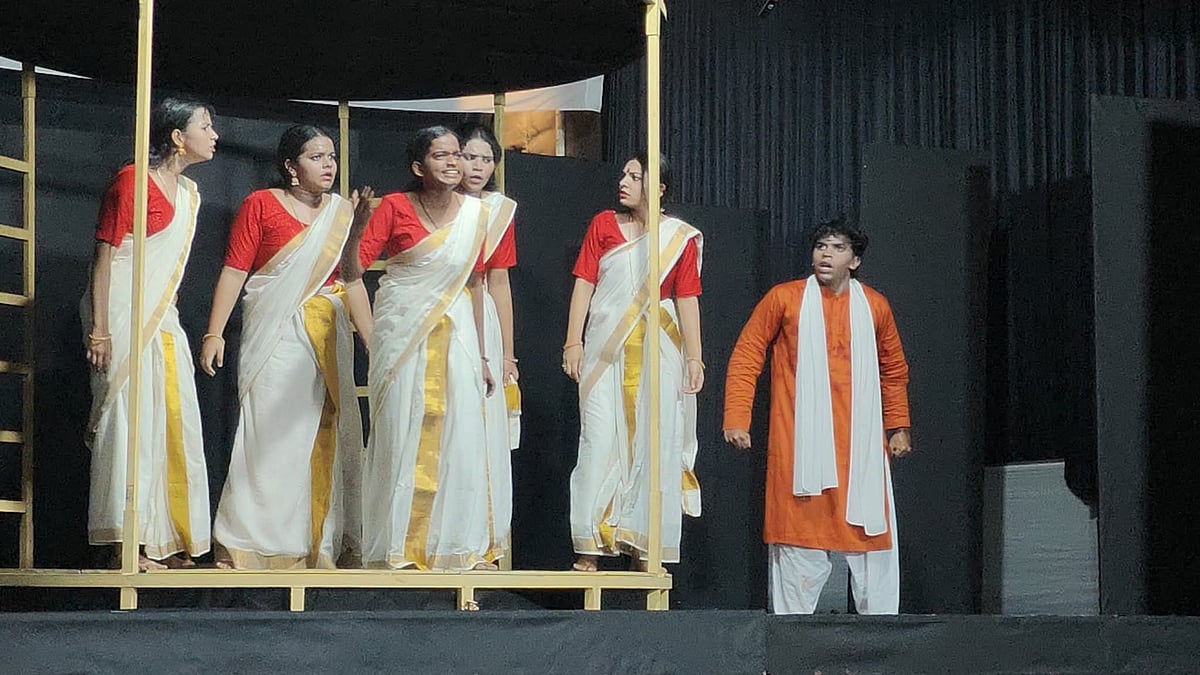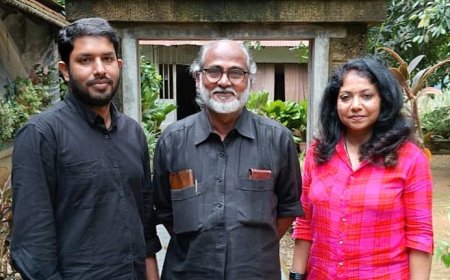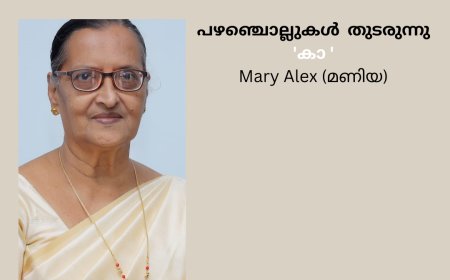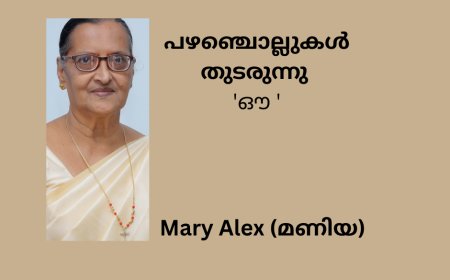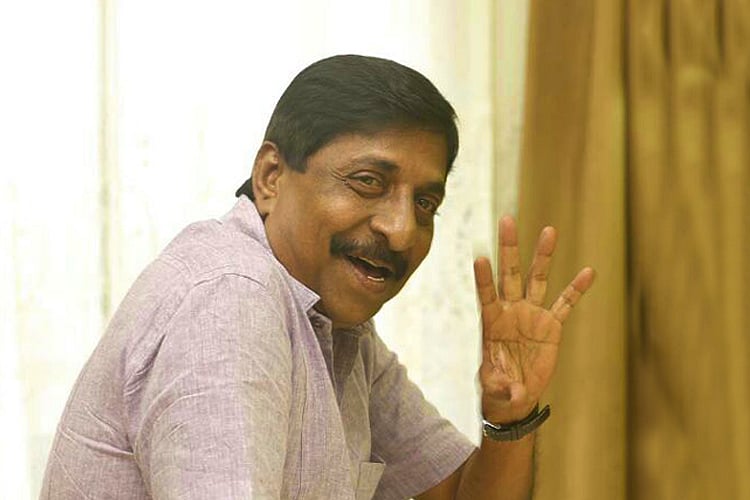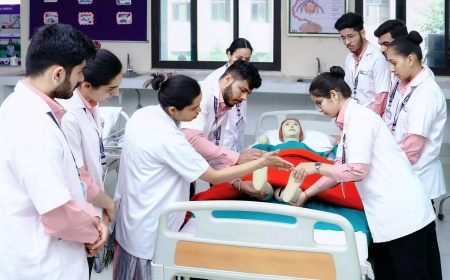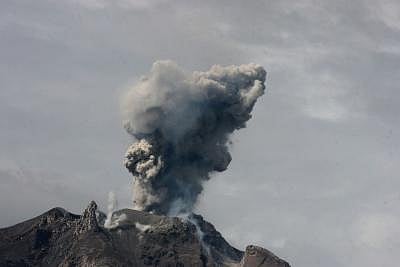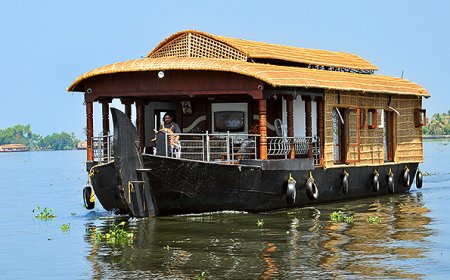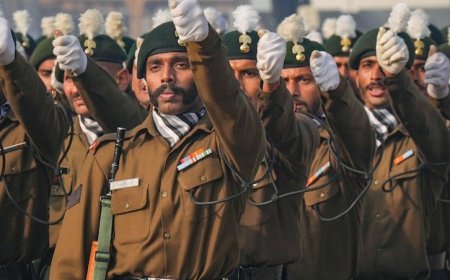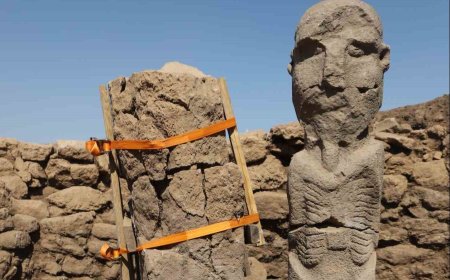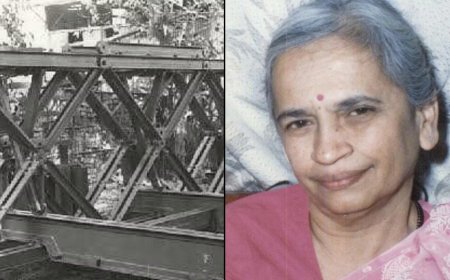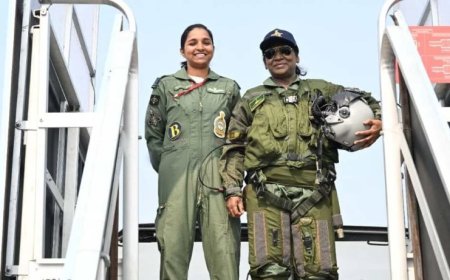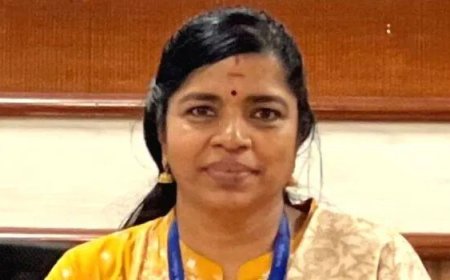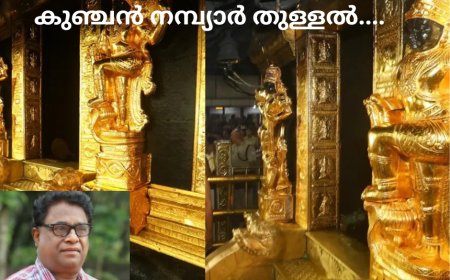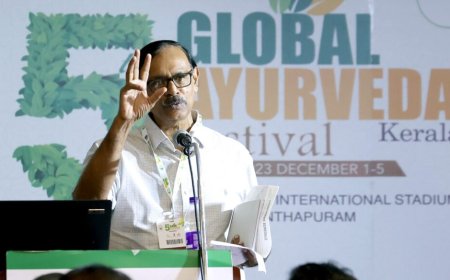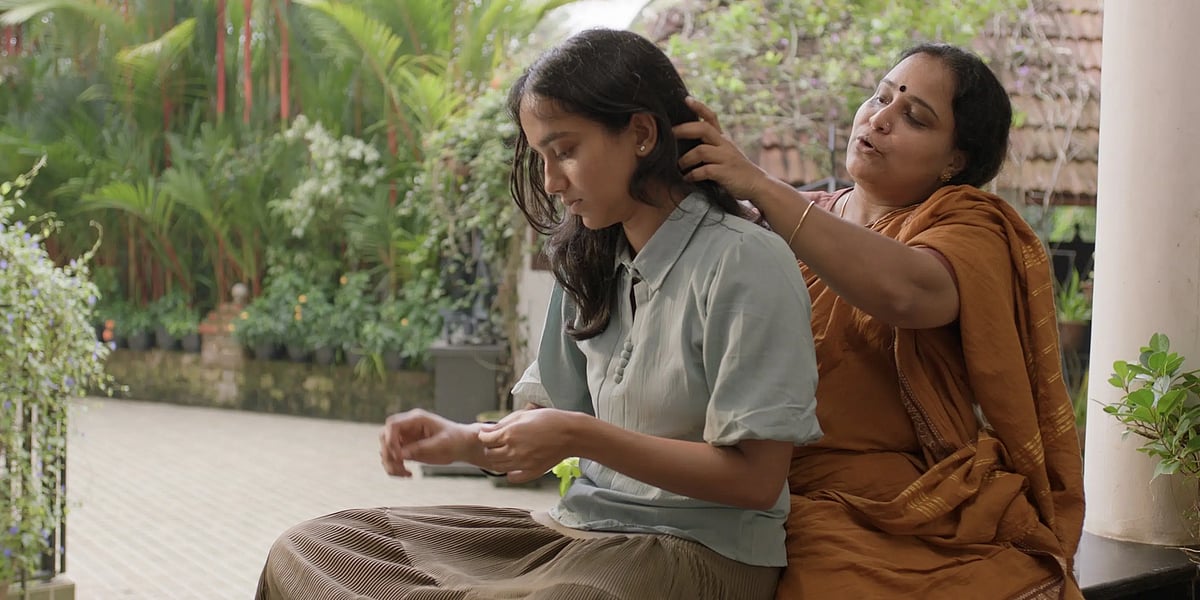Musings: Murder of Tirunelveli Collector Robert Ashe (1911)
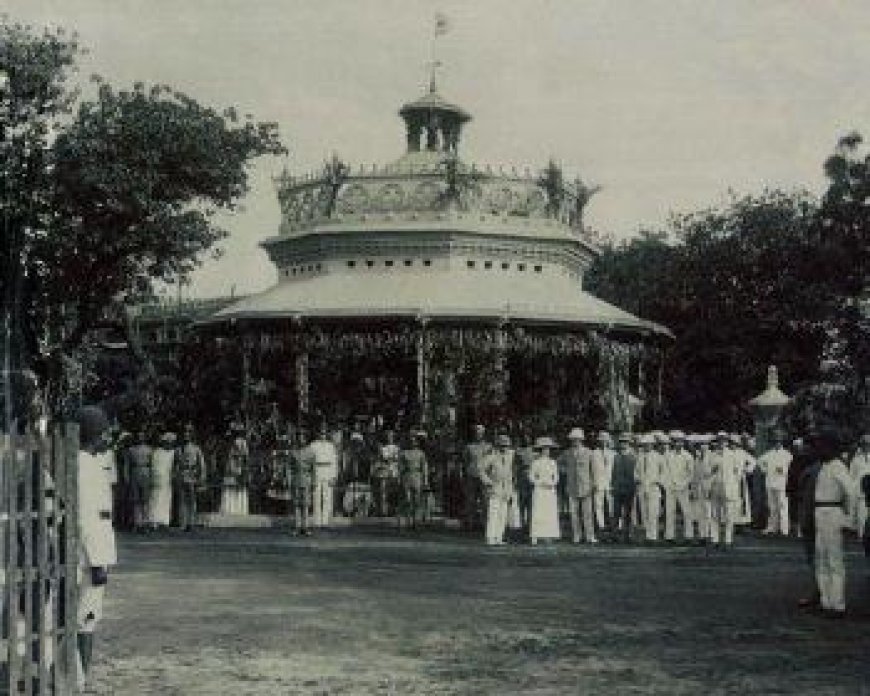
By Thomas Kannamala
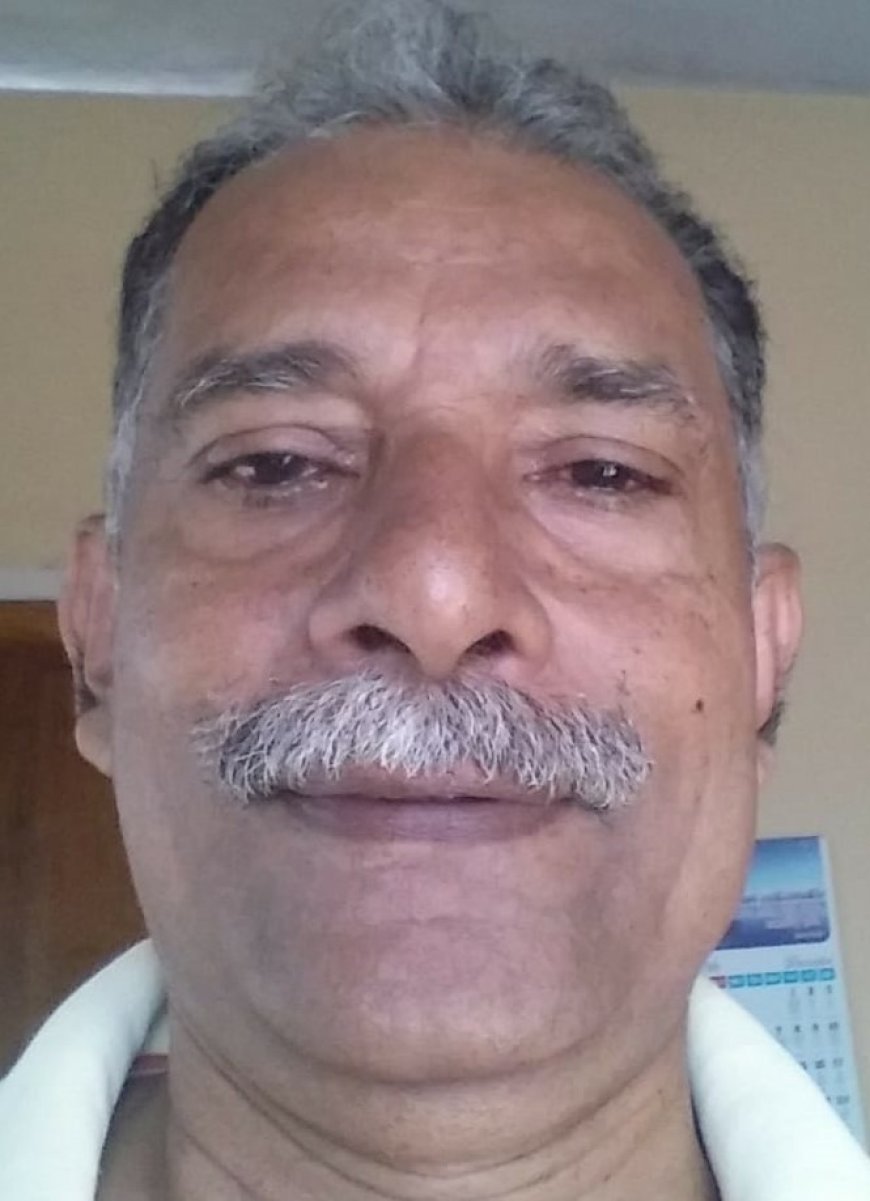
THE first story on this list is a case as old as the TN CB CID itself that had tremendous politico-nationalist overtones – the assassination of Tirunelveli collector, Robert Ashe.
In 1911, he was shot dead inside the first-class bogie of a stationary train at Maniyachi Railway Station.
Before going into the details of this case, a short historical perspective about the role of the CID during the colonial days.
Apart from crime investigation, the CID used to keep surveillance over the activities of the Indian freedom fighters or `seditionists’, as the British rulers chose to describe them.
The state of Pondicherry, bordering Tamil Nadu, was under French rule and afforded a haven for Indian freedom fighters.
Revolutionary leaders like Aurobindo Ghosh (Founded Sri Aurobindo Ashram in 1926), poet Subramaniam Bharathi, Srinivasa Chari, Madasami Pillai and Nagasami Aiyar were known to be active there around 1910.
The CID had received an intelligence report that V V Subramania Aiyar had slipped into Pondicherry and some conspiracy was being hatched. (Aiyar was a close associate of V D Savarkar who was a prominent votary of armed resistance against the British).
The CID sensed some imminent danger and, as a precaution, had issued a warning message to all senior British officials to be alert.
But tragedy struck within six months.
On June 17, 1911, Robert William d’Escourt Ashe, 39, the then Acting District Collector and Magistrate of Tinnevelly (Tirunelveli) and his wife Mary Lillian Patterson were on their way to the summer resort Kodaikanal in the morning train.
The railway staff at Maniyachi Railway Station was busy detaching the solitary first-class coach, carrying the Collector and his wife from the Maniyachi Mail. The carriage was to be attached to the Boat Mail from Sri Lanka, which was to arrive 10 minutes later at 10:48 a.m. for their onward journey. (This train ran between Madras Egmore and Dhanushkodi beyond Rameswaram. Sri Lanka-bound passengers took a short ferry ride across the Palk Strait to Talaimannar to board Colombo-bound trains.
A big crowd had gathered at the station to have a glimpse of the ‘Dorai’ – a respectful term the natives used in Tamil for British men, and his wife.
Two young men – one of them neatly dressed with tufted hair and another wearing a dhoti and shirt – entered the compartment where Ashe was seated with his wife. The collector was in a relaxed mood and talking to his wife when the two young men entered the compartment.
One of them fired at him point-blank with an automatic pistol, killing him instantly. Having accomplished their mission, one of them disappeared, while the killer, on being chased by the enraged crowd, got into the station toilet and shot himself dead.
Initial investigation by the local police established the identity of the deceased, accused as Vanchinatha Iyer, 25, of Shencottah, son of a forest guard. Search in his house led to the seizure of incriminating letters addressed to one Arumugam of Tuticorin.
Meanwhile, a CID team led by DIG Thomas, comprising Assistant SP Johnson and Inspector Veeraraghava Aiyar, arrived at Maniyachi on June 19 and took over the investigation. The search at Arumugam’s house the next day led to the seizure of further incriminating documents. Arumugam confessed to the conspiracy and his disclosure led to the search of the house of one Somasundaram Pillai of Shenkottai, where more incriminating documents were seized.
The duo gave a confessional statement before Magistrate Cox on June 24, 1911 which became the bedrock of the prosecution evidence.
The confession of Somasundaram Pillai implicated Neelakanta Aiyar of Erukkur village near Sirkali town as the leader of the assassination team. After fleeing to Benares and Calcutta, he surrendered to the police.
Investigation by the CID further unravelled a wider conspiracy. Around November 1910, V V S Aiyar had established the branch of Abhinav Bharath (New India) Society in Pondicherry. It was a secret revolutionary society, originally established at Nashik and later in London and Paris by V D Savarkar.
Nagasami Aiyar, Balu alias Balakrishna Aiyar, Sankara Krishna Aiyar and Vanchinatha Aiyar were some of the youths inducted into armed revolution by V.V.S. Aiyar in Pondicherry. Vanchinathan and other revolutionaries bore a grudge against Collector Ashe for his role in suppressing the budding anti-British `Swadeshi Movement' and scuttling the Swadeshi Steam Navigation shipping company of V O Chidambaram Pillai (VOC), posing a challenge to British ships.
Ashe had convicted and sent to jail VOC, also known as Kappalottia Thamizhan, and his friend Subramaniya Siva on charges of sedition.
With strong pointers to the involvement of the Pondicherry branch of Abhinav Bharat in the case, the CID obtained warrants for the arrest of V V S Aiyar, Subramania Bharathi, Srinivasa Chari, Nagasami Aiyar and Madaswami Pillai, but could not execute them in the then French territory.
On completion of the investigation, Neelakanta Aiyar and 13 others were charged with the offences of conspiracy and waging war against the British King.
Two of the accused committed suicide.
As the district collector, and that too an Englishman, was assassinated, the trial was conducted by a three-judge bench of the Madras High Court presided over by the Chief Justice. The accused were defended by a battery of leading lawyers of the day, which included a renowned British Barrister Mr. J C Adam, Shri Tanguturi Prakasam, (later the Chief Minister of Andhra Pradesh), and Shri T.M. Krishnaswami Iyer, who was later appointed the Chief Justice of Travancore High Court.
Nine of the 14 accused were convicted for varying terms of imprisonment – Neelankanta Aiyar was sentenced to seven years, Sankarakrishna to four years, and others to lesser periods. On appeal, a five-judge bench of the High Court upheld the conviction.
Independent India honoured Vanchinathan by naming the Maniyachi Railway Station after him. Nothing much was known about the other accused.
After serving his term in prison, Neelkanta Aiyar spent the rest of his life under the name Swami Omkarnath atop Nandi Hills, near Bangalore, as an ascetic. Madasamy, who was believed to have accompanied Vanchinathan and had managed to escape, could never be traced.
The memorial for Ashe, put up by Tuticorin Municipality in 1912, still stands majestically in the heart of the town.
Tamil Nadu Chief Minister J Jayalalithaa opened a memorial in December 2013 at Shencottah, Tirunelveli, in honour of R Vanchinathan (1886-1911) who sacrificed his life fighting the British.

